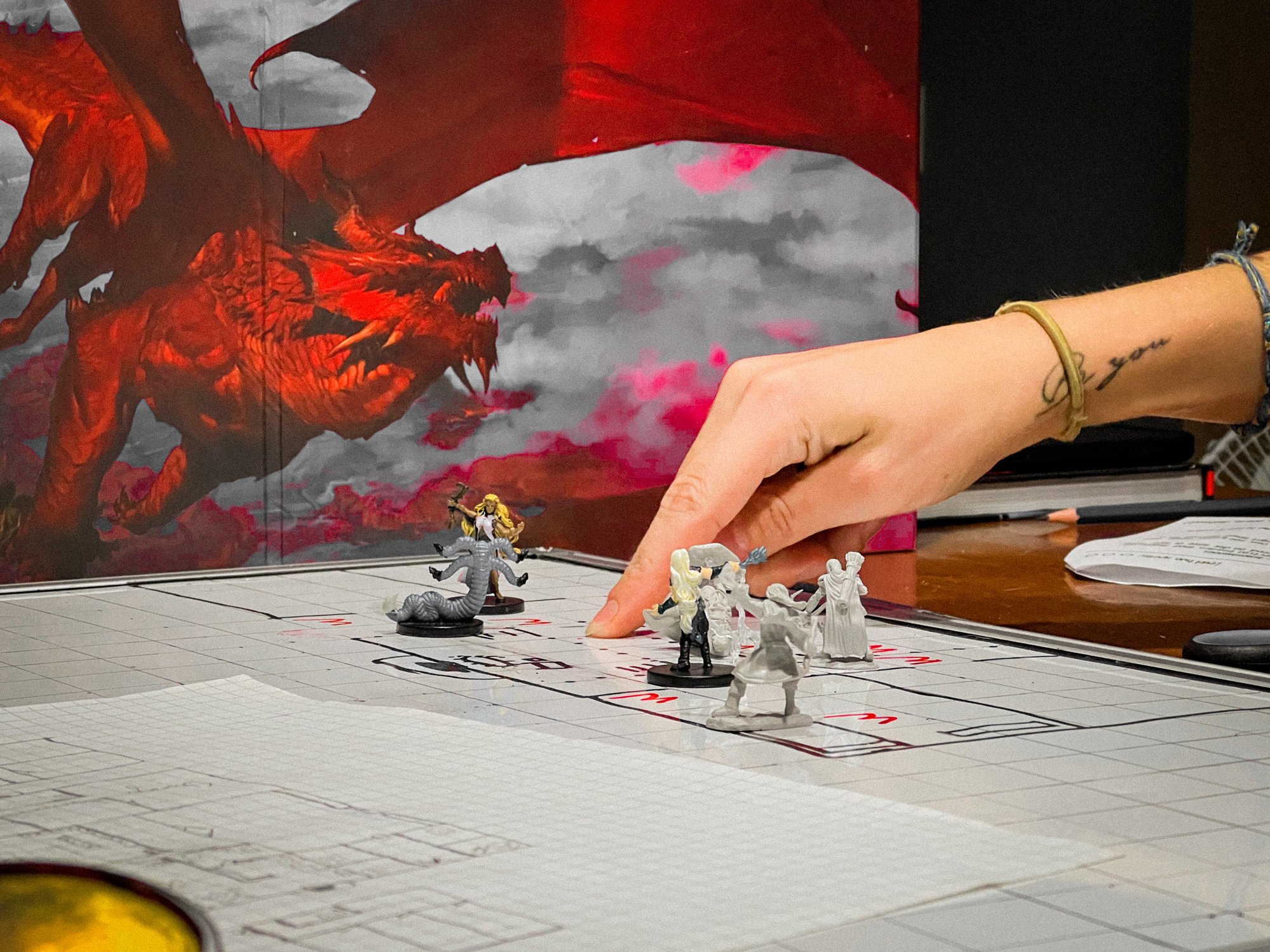Hasbro (HAS +2.44%) recently closed out its fiscal 2019 year in solid fashion by posting healthy sales for its toys and games across geographies and product categories. That success allowed management to hit its full-year goal of boosting both revenue and profit despite the continued drag from the Toys "R" Us bankruptcy in 2018.
In a conference call with investors, CEO Brian Goldner and his team discussed the main drivers behind that strong performance while commenting on their outlook for 2020. Below are a few highlights from that presentation.

Image source: Getty Images.
Steady growth in a volatile time
We navigated the challenges and disruptions that arose in the global trade environment, implementing programs to meet revenue and margin goals during the important holiday season.
-- Goldner
Hasbro's portfolio went through more significant changes than investors might assume by just following the 3% global sales increase. Its core franchise brands declined 9% in the holiday period. The gaming segment struggled, too, thanks in part to last year's breakout success for games like Pie Face and Speak Out. The European region was weak overall, and the broader global toys and games industry contracted.
Still, Hasbro's wins more than offset those challenges. These included a 50% spike in the partner brands segment, which was lifted by surging demand for Disney brands such as Frozen 2, Marvel, and Star Wars. The consumer staple giant also launched some popular products of its own in the Magic: The Gathering and Monopoly franchises.
Fighting for higher profit
Overall, cost of sales as a percentage of revenue improved 200 basis points for the year.
-- CFO Deborah Thomas
There was no shortage of pressure points on Hasbro's bottom line this year. The biggest included soaring royalty payments in conjunction with the tilt toward sales of Disney-branded products. The company had to pay more for warehousing and shipping as more retailers chose to delay purchases to the last minute. And Hasbro invested heavily in supporting growth platforms and brands, including the role-playing game Wizards of the Coast.
Management was happy to report that, despite these issues, profitability increased for the full year. A sharp drop in selling expenses and slightly lower advertising spending made all the difference.
The 2020 outlook
We've made tremendous progress and expect to continue to deliver profitable growth. But there are a few key factors which have changed ... for Hasbro's business.
-- Goldner
Early last year, executives outlined a goal of returning to 2017 levels of profits and sales by fiscal 2020, which would constitute a full recovery from the bankruptcy of Toys "R" Us, which had been its third largest customer worldwide and its second largest in Europe.
Management is still optimistic about boosting sales and profit again in 2020, but their comments suggest the company might not so quickly return to the 2017 highs of $5.2 billion of annual sales and $810 million of operating profit. The industry isn't growing today, after all, and retailers have dramatically reduced the level of inventories they're willing to hold.
The size of the step Hasbro takes toward its prior sales record this year will depend on the wider toys and games industry and on selling conditions in places like Europe, the U.S., and China. It will also depend on the products the company launches into the market over the next few months, which management plans to preview in an investor presentation on Feb. 21.





